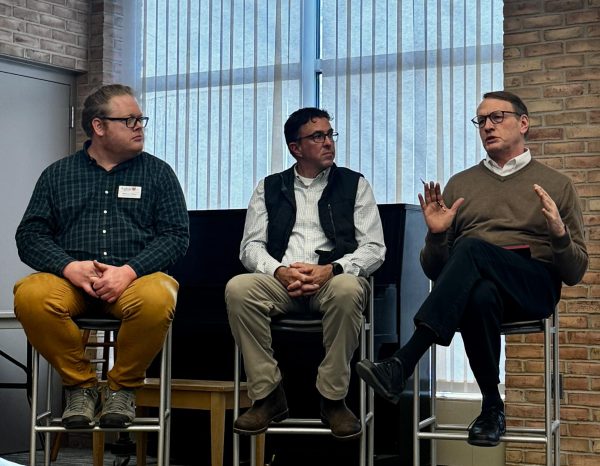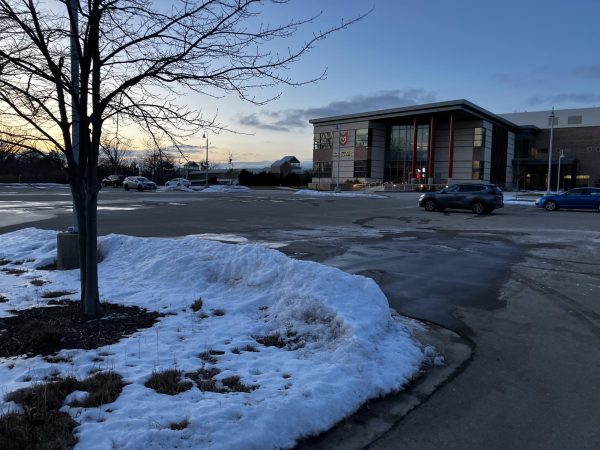GEO department hosts guest lecturer speaking on the historical climate record
Records on global temperature changes go far beyond modern temperature measurements. Dr. Melinda C. Higley, a member of the Ohio Geological Survey, addressed this as part of her lecture on Friday, Feb. 15. Higley was hosted by the department of Geology, Geography, and Environmental Studies (GEO) as part of their ongoing lecture series.
Higley’s presentation focused on her work in the Central Tropical Pacific. This region is important because it’s where the El Niño and La Niña weather events form, which have global impacts. However, scientific understanding of the Central Tropical Pacific is limited. One of the few things that is known about it is that the climate patterns there don’t match those of the rest of the world. There are some incomplete theories as to why this might be.
To learn more about this region, Higley researched Kiritimati (Christmas) Island. She cored, or took deep samples, in the bottom of Lake 30 on the island, and used the samples to reconstruct the historical record. She then used an X-ray diffraction scanner to create a radiocarbon age model for the lake. This is one method of learning about ancient climate patterns.
“Lake 30 was altered by evaporation during the Medieval Climate Anomaly,” Higley stated, speaking about one of her discoveries.
Higley’s study also involved examining the paleosols, or layers of soil formed during past geological periods, found under sand dunes and using remote sensing to map the lake levels on the island. She shared her conclusions with the audience, explaining that she had not found any distinct spatial patterns. This means that none of the current popular theories about the Central Tropical Pacific climate patterns can be true.







